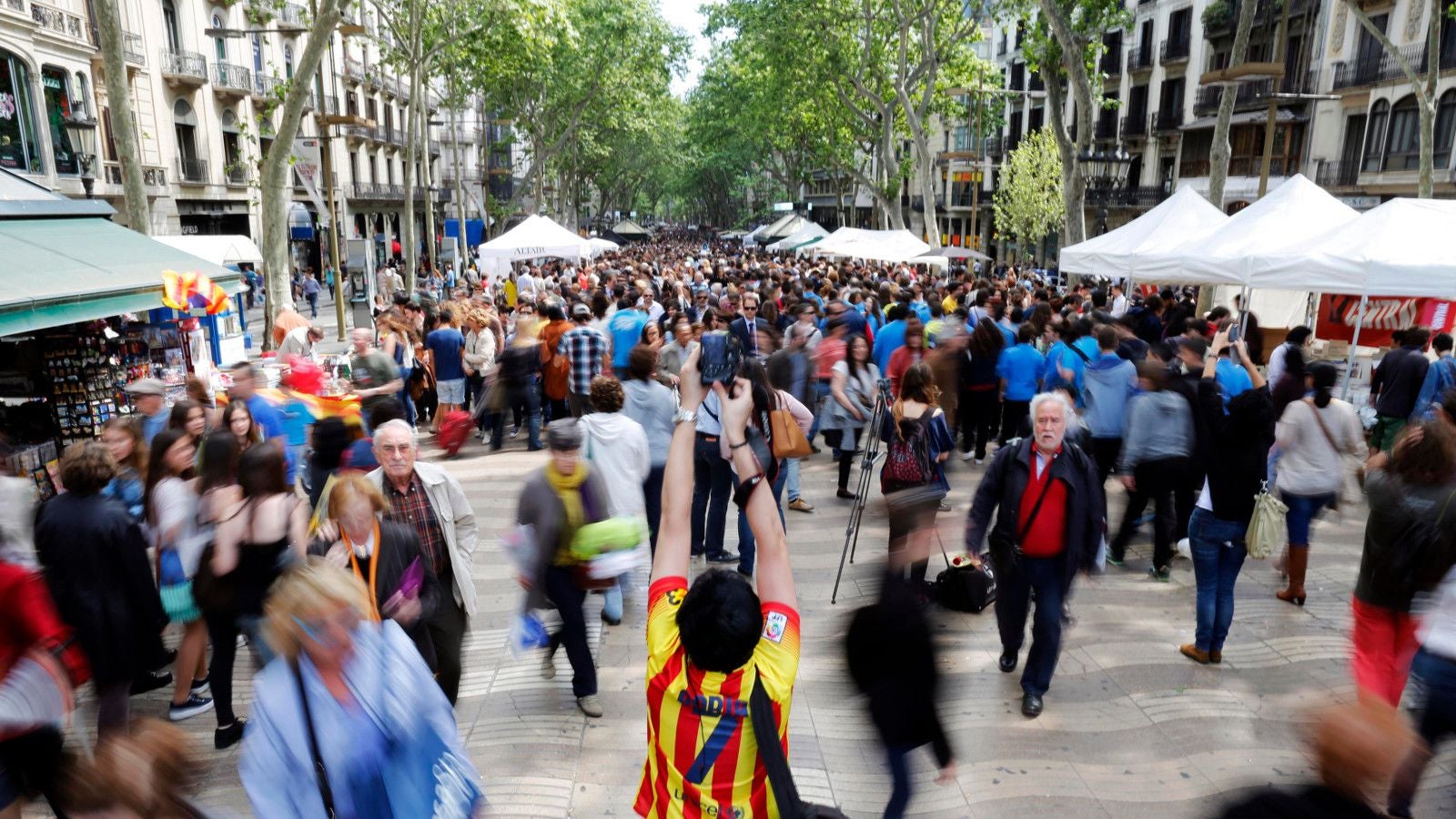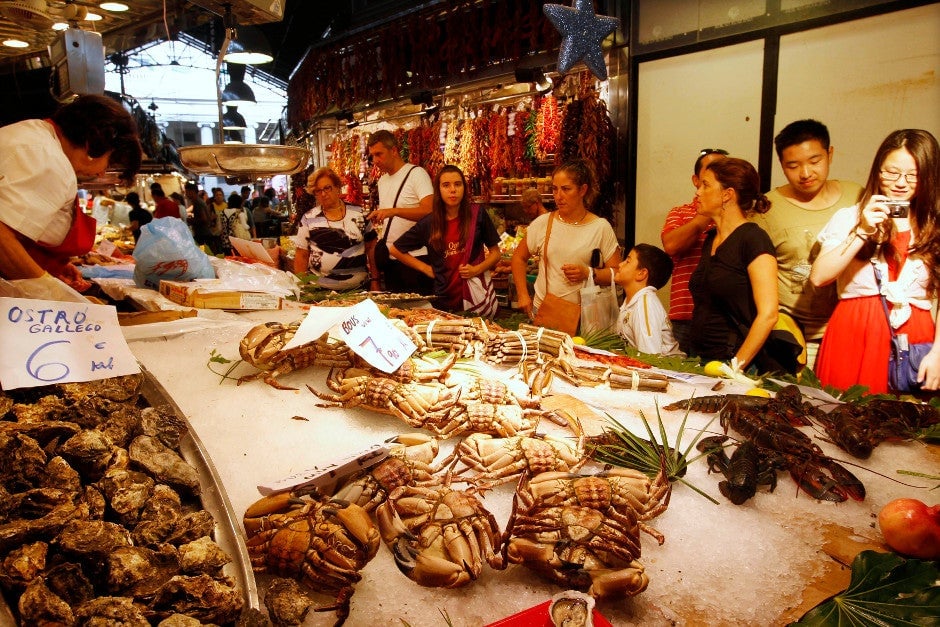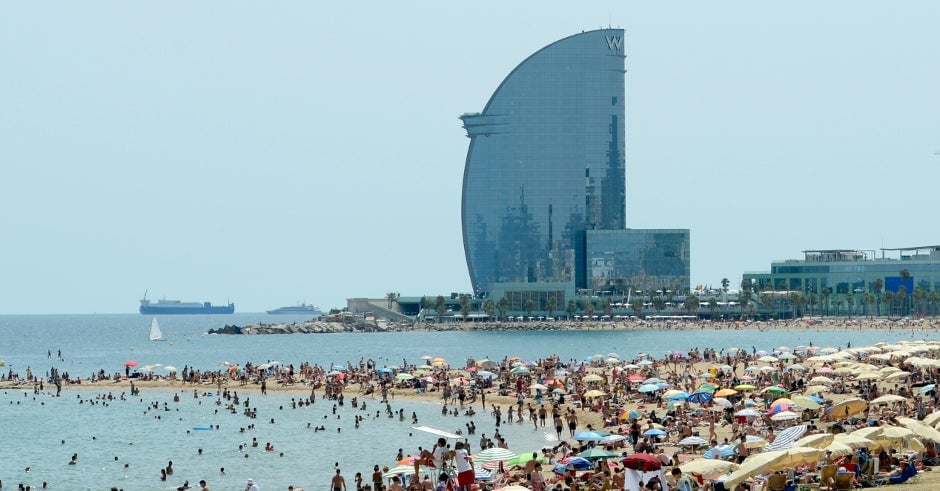Barcelona residents are fending off a barrage of drunken, obnoxious tourists
The nautical charm of Barcelona is enough to tempt even the most discerning traveler, but the signs instructing visitors to leave are becoming harder to ignore.


The nautical charm of Barcelona is enough to tempt even the most discerning traveler, but the signs instructing visitors to leave are becoming harder to ignore.
Elegant coastal cities like Barcelona tend to rely heavily on tourist revenues. But the exponential boom in tourists to Barcelona—yearly tourists have more than tripled from 1.7 million in 1990 to an expected 7.5 million in 2015—is straining its capacity to keep up. So incensed are the city’s residents that a recent city government poll of some 800 people found that they consider tourism a worse problem than poverty. Only unemployment and traffic ranked higher on their list of grievances.
“The center no longer belongs to us,” Manuel Delgado, an urban sociologist at Barcelona University, tells Quartz. “This has become a theme park.”
Among their many grievances, residents complain that they are being priced out by the proliferation of rental apartments for tourists, aggravated by the rise of online services like Airbnb. Last year, thanks largely to rising foreign demand, home prices in the city rose 3.5% and rental prices rose 11%, compared to a 5% decline in home prices and 2.6% rise in rental prices in Spain overall, according to a report (link in Spanish) by Spanish classifieds website Idealista.
Overcrowding of treasured local spots, especially in scenic areas like the seaside neighborhood of La Barceloneta, have raised tensions between tourists and locals. Tourists flocking to the working-class neighborhood have been accused of corrupting local culture with excessive noise, vulgarity, and heavy drinking.
Waves of anti-tourism protests have persisted since last year, after three Italian tourists sparked outrage for running naked through the neighborhood’s streets.
There have been efforts to fight back. The city’s new leftist mayor, Ada Colau, announced on July 2 that licenses for hotels and other touristic accommodations would be frozen for a year. Her goal: to avoid becoming Europe’s next Venice, a city where tourists now outnumber the declining local population.
The picturesque market of La Boquería was closed to tourist groups in April after locals complained that it had become too crowded to actually shop there.

In the past two years, public monuments that were once free, like Gaudi’s Park Guell and the Montjuic castle, have added entrance fees, partly to capitalize on the influx of tourists but also to recoup the costs associated with heavy wear and tear. Residents from the nearby areas can still enter for free.
More large cruise lines have also taken to Barcelona’s shores in recent years, crowding its beaches and raising concerns about toxic pollution in the water.

Last year, filmmaker Eduardo Chibás Fernández’s documentary, Bye, bye Barcelona, which voices the grievances of local residents about the city’s unbearable tourism boom, became a cult hit.